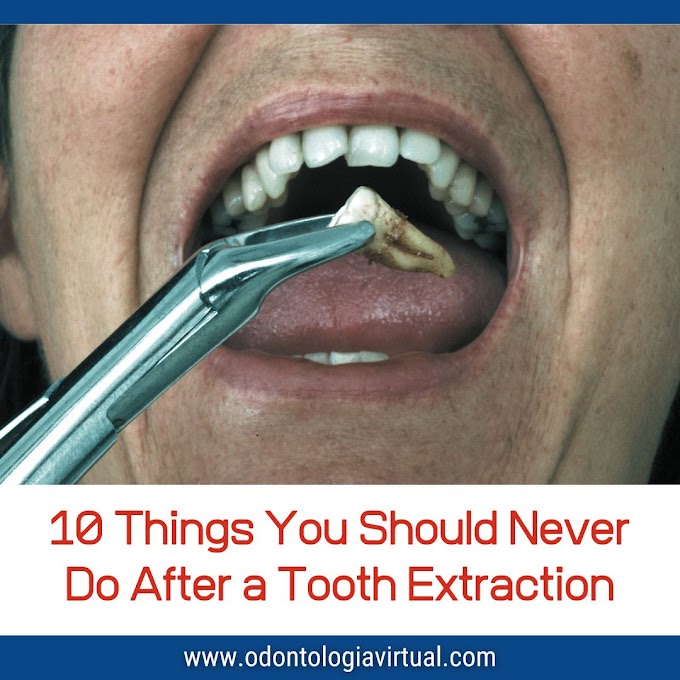The author, Kamaluddin M. Turki Alobaidi (under supervision at the University of Baghdad), emphasizes how adhesive protocols have transformed restorative dentistry through enhanced preservation, sealing, function, and aesthetics.
1. Definitions & Restoration Types
The thesis classifies posterior indirect restorations into several types:
★ Inlay: No cuspal coverage needed.
★ Onlay: Covers one or more cusps.
★ Overlay: A more extensive form of onlay offering full cuspal coverage.
★ Veneerlay: An overlay that also involves the buccal wall, similar to a veneer combined with a posterior restoration.
2. Indications & Contraindications
Indications for PIAR include:
★ Cavities of moderate to large size with cusps missing.
★ Situations requiring improved prognosis through cuspal coverage.
★ Cases needing morphological changes or vertical dimension adjustments.
★ Management of cracked tooth syndrome, with an emphasis on maintaining tooth vitality.
Contraindications are generally noted, though not explicitly detailed in the accessible overview. As with other indirect restorations, they may involve cases with poor oral hygiene, insufficient tooth structure, or high caries risk.
3. Advantages & Disadvantages
Advantages of indirect adhesive restorations over direct methods include:
★ Enhanced preservation of healthy tooth tissue.
★ Superior marginal adaptation and sealing.
★ Better aesthetic integration and function.
Disadvantages—though not elaborated in detail—may encompass increased clinical steps, laboratory dependence, and potentially higher cost or technique sensitivity.
4. Direct Composite vs. Indirect Composite
Indirect composites offer distinct clinical benefits over direct ones:
★ Improved control over occlusal anatomy and contact points.
★ Reduced polymerization shrinkage and better curing.
★ Enhanced wear resistance and marginal sealing.
5. Preparation Designs
The thesis presents several design strategies for PIAR:
★ Proximal preparations: tailored to each restoration type (inlay, onlay, overlay).
★ Bevel preparations: often used to enhance aesthetics and seating.
★ Butt‑joint designs: support cuspal coverage, providing a stable margin without exposing too much dentin.
Other contemporary literature reinforces such recommendations, pointing to designs that preserve enamel, maximize adhesion, and create harmonious restoration-tooth morphology by employing features like hollow chamfers, butt‑joints, and inclined plane margins.
6. Clinical Protocol Essentials
Although a full protocol is detailed in the thesis, key elements include:
★ Careful case selection and evaluation of remaining tooth resistance.
★ Precise preparation design aligning with adhesive principles.
★ Optimal impression-taking and restoration fabrication.
★ A reliable adhesive cementation protocol to ensure predictable outcomes.
Conclusion
Kamaluddin M. Turki Alobaidi’s work reinforces the shift toward minimally invasive, adhesive-based restorative strategies for posterior teeth.
By integrating conservative preparation designs with adhesive materials and techniques, clinicians can achieve restorations that offer enhanced durability, aesthetics, and preservation of tooth structure.
* Dentists around the globe seeking a comprehensive and evidence-based guide on posterior indirect adhesive restorations are warmly invited to Consult the Full PDF, where detailed protocols, clinical illustrations, and preparation strategies are presented: “Posterior preparation for indirect restoration” by Kamaluddin M. Turki Alobaidi.













